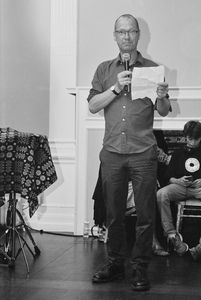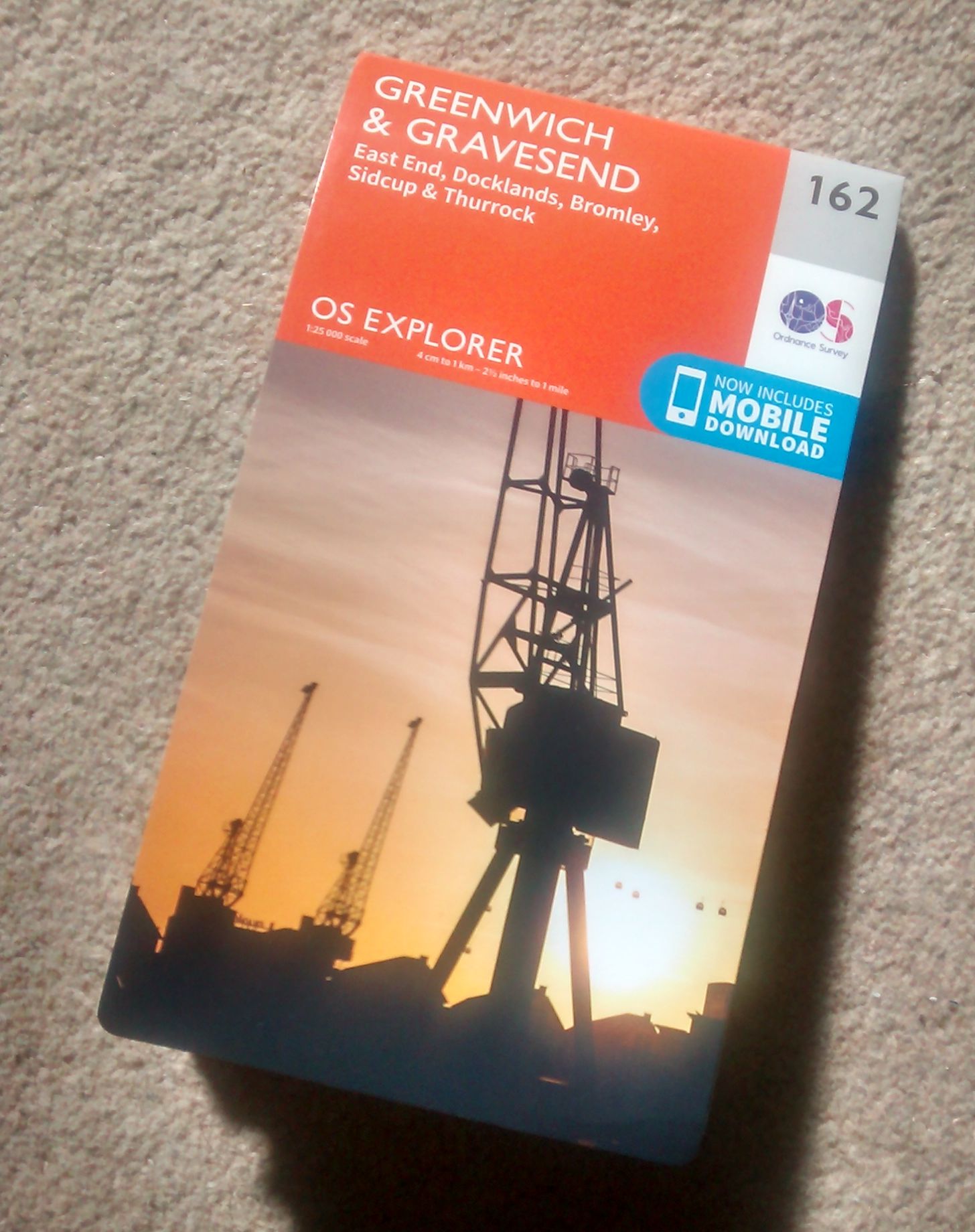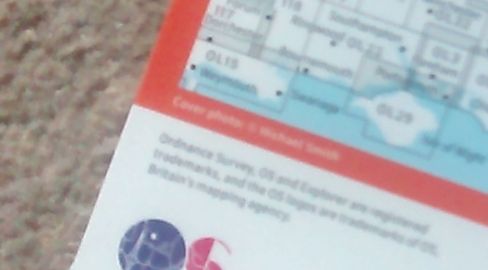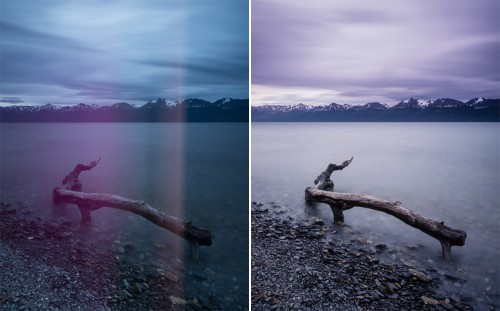FREE EPRINT: Manual mapping of drumlins in synthetic landscapes to assess operator effectiveness
For the first 50 people, get your free eprint ofManual mapping of drumlins in synthetic landscapes to assess operator effectivenessHillier, J., Smith, M.J. et al
Studio of Objects Wrap Up
Well with the Paolozzi project (Studio of Objects) finally finished, the start of the summer saw the final wrap up “event”. This was held at the suave and swanky Institute of Contemporary Arts on Pall Mall with views over Horse Guards Parade, the London Eye and, well, just about everything in central London. The beta trial version of the app with 3D navigable studio and links through “portals” of content about the art and life history of Paolozzi, along with recordings of him, was available on a number of iPads that were being demoed by some young volunteers. There was also live screencasting via a projector on to the wall (see photo). Dr Chris Horrocks (Kingston lead) gave an august introduction to the evening before drinks and nibbles led to deep conversation for all.
Some fantastic feedback from users on the beta and a hugely successful launch.


OS Photofit Cover Landed!
Yes its landed!! My winning photo has now been published by OS and is available from Amazon, displayed in all its glory. Evidence of my copy and the photo credit!!

Long exposure image banding
I quite often experiment with neutral density (ND) filters for long exposure photography as part of images I produce and, over the last couple of years, have had two particular problems (neither of which I have examples of any more so I’ve pulled in some links from Google Images):
1. Cross-banding: this occurs with many variable ND filters which comprise stacked circular and linear polarisers. When you rotate the outer ring you increase the density of the glass and so reduce the amount of light. However when you overcook the density then you can get this cross-banding. Easy to fix (reduce the effect!) and easy to work out where it comes from.
2. Linear Banding: this has occurred on and off on occasion and usually when I am shooting in sunlight. My initial reaction was that this was caused by leakage of light through the filter system itself (I use Lee Filters), however no amount of fiddling with that helped it. More by accident (and then some subsequent Googling) I covered the eyepiece on my Nikon D700 (in fact most Nikon DSLR have an eyepiece shutter) which instantly solved it. Clearly a small amount of light entering through the eyepiece and, even though the mirror was up, it was leaking on to the sensor. As David du Chemin notes, its a very strange (and irregular) phenomenon!
DJI announce micro four thirds camera
DJI have announced a micro four thirds camera for their drones which seems to be specifically targeted at the film industry but has important implications for photogrammetry. In the past the GoPro3 (6.2×4.7mm) has been used which is generally poor for 3D reconstruction with a (very) small sensor and wide field of view. The Phantom 3 has significantly improved the camera quality by using a higher resolution 2/3” sensor (8.8×6.6mm), but this is still fairly small by SLR standards. The introduction of the X5 is a big improvement again at 18mmx13.5mm with, crucially, interchangeable lenses meaning you can go wide angle but have less compromise on the optics. This part of the consumer market is a very interesting space to watch.